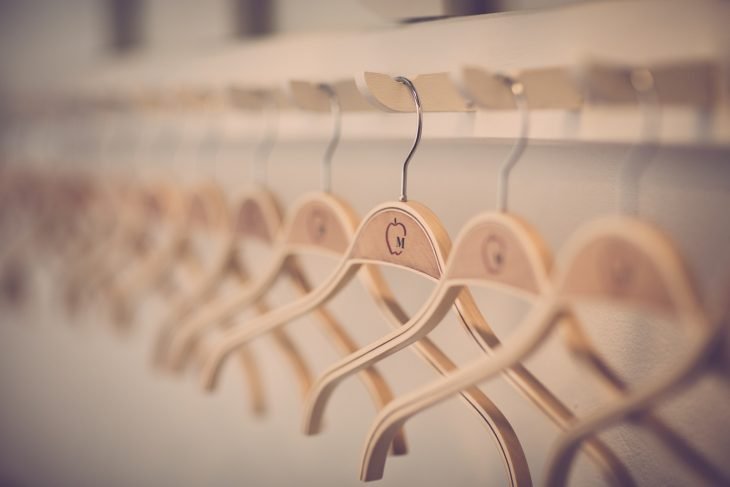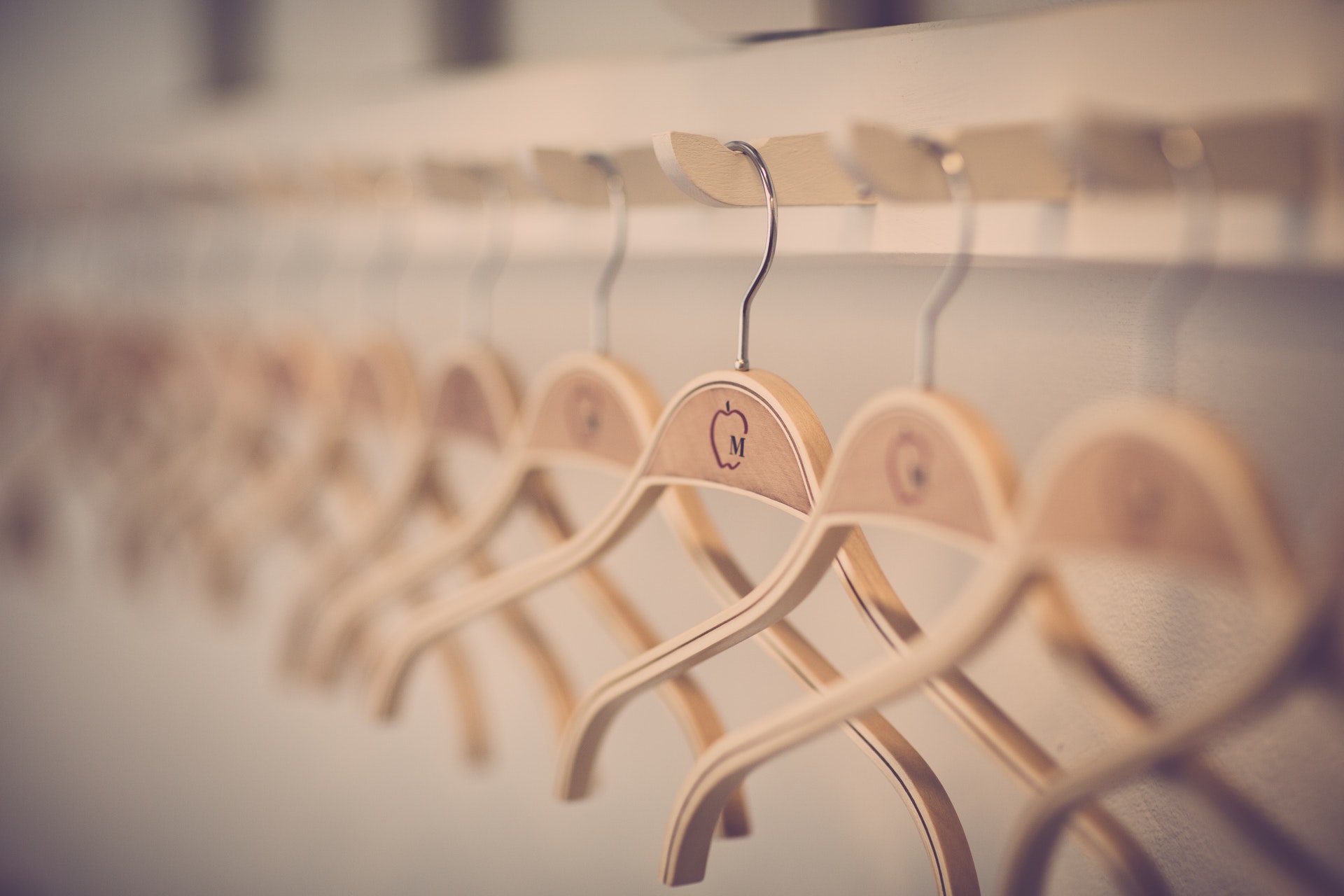Jules' main passion lies in performing, whether it's singing, dancing,…

I have always been inspired by people my age who dedicate their lives to making the world a better place.
Fighting for the betterment of the world is no easy feat. It will demand a huge portion of your time and resources. I used this as an excuse before. “I’m just a regular girl from a middle-middle-class household. What can I do?”
Dearest Modern Filipinas, I found that the easiest route to finding your advocacy is to look at your interests, hobbies, or anything you are passionate about.
My Personal Fashion Revolution

My journey to supporting sustainable and ethical fashion started in 2015 after watching the documentary “The True Cost.” This documentary exposed the environmental and human rights violations committed by many well-known fast fashion brands.
My eyes and mind were opened, and from then on, I stopped buying clothes from these brands. I get my clothes from hand-me-downs, thrift shops, and local clothing brands and bazaars.
When I was living in Quezon City, I was lucky to have access to many boutiques that offered affordable, yet stylish clothes from local brands. I moved to Makati last year and was shocked by the lack of affordable clothing hubs in the area.
After crowdsourcing, I discovered an Instagram community that sells pre-loved clothes. While on this following spree, I discovered many local clothing brands and groups that support clothes made from purely local materials and constructed ethically. One of these groups is Fashion Revolution.
Fashion Revolution is a global movement that celebrates fashion, examines industry practices and raises global awareness of the industry’s most important issues. The group aims to show that the fashion industry can change and be more socio-environmentally friendly through ethical and sustainable practices.
What Is Sustainable Fashion in the First Place?

To help us understand sustainable fashion and its importance in the Philippines, I exchanged correspondence with Sophia Calugay who is the Country Coordinator for Fashion Revolution PH and an MA Archaeology graduate from the University of Aberdeen.
“Sustainable fashion is a very broad term,” says Sophia. “It means fashion that lessens the socio-environmental impact on our planet, and consumption is at a reasonable rate that does not compromise the needs of the future generation. Sustainable fashion means using eco-friendly materials, natural dyes, it means sourcing locally to reduce CO2 emissions, it means buying lesser, buying clothes with quality and to last long.”
When asked how the Philippines is doing in terms of sustainable fashion, Sophia says that the majority of the country’s population — which belongs to the socioeconomic Class C and D — is living a sustainable lifestyle.
“What we noticed, class A-B, the rich and the growing middle class, generally has the purchasing power to consume fashion at a faster rate, equating to issues, such as clothes not being worn or used until their end of life, so they are chucked out of closets after less than 20 or 10 uses.
“Class C-D on the other hand, are the ones who are more into Ukay-Ukay, second hand, shopping. Because clothes are cheaper and people can find treasures and still be in style. With PHP100, people can buy nice dresses or branded t-shirts! This class also tend to use their clothes until the end of their life or prolong the lifecycle of their clothes,” Sophia explained.
Dressed for a Cause

I still have a long way to go in terms of understanding sustainable fashion and doing it properly. Luckily, the Philippines is participating in Fashion Revolution Week, a series of events aimed to teach fashion enthusiasts smarter and more sustainable ways to consume clothing.
Fashion Revolution Week (FRWeek) is celebrated all over the world every fourth week of April to commemorate the Rana Plaza Factory collapse on April 24, 2013, which was the deadliest disaster in the garment industry. Rana Plaza housed five garment factories of well-known fast fashion brands. Since then, activists have been asking clothing brands to be more transparent about how they source and produce their products.

I was able to attend FRWeek’s last event on Saturday, April 28 at the Philippine Artisan Trade in Makati. The event includes a special screening of the documentary “River Blue” and a fashion show that exhibits clothes made from upcycled materials.


What I Learned from Fashion Revolution Week
The main takeaway from the event is that we should start being smarter and more conscious of our buying habits. “Do I really need this? Will I be wearing this many times? Is this good for the environment? Where did this piece come from and who made them?”
As Calugay said, we should start making informed decisions about the clothes we buy.
“By connecting consumers to producers, we get to shed light on the environmental and social conditions of the people in fashion’s supply chains. When we shed light on issues, we get to see what needs changing.”
A Few of My Favorite Things
To end this article, I’ll share with you a few of my favorite sustainable brands that you can start including in your closet:
Viva La Manika – This brand sells clothes and accessories made entirely from reclaimed materials. Not only that, the brand is committed to reducing their waste by using their plastic trash as eco-brick stuffings and donating their paper waste to local scrap collectors. Some of their extra fabric is turned into cute pouches for their accessories.
Denuo – This store can give you a complete sustainable living starter kit: from clothing and accessories to face and body care products. Denuo is committed to slow fashion and reducing ecological footprint by providing sustainable products in a sustainable manner.
Lush – Though not a local brand, Lush is readily available in the Philippines with its many branches. Lush is known for using fresh organic ingredients and eco-friendly packaging. They even encourage their customers to be eco-friendly by asking them to return empty tubs of their products in exchange for goodies. The brand is also known for staunchly campaigning for many advocacies, including ethical and sustainable fashion, animal rights, disaster response and other charities.
To learn more about the Fashion Revolution in the Philippines, follow Fashion Revolution PH on Facebook and Instagram. Be part of the community and join the Facebook group.
What's Your Reaction?
Jules' main passion lies in performing, whether it's singing, dancing, or acting. Her music preference ranges from obscure indie bands to addictive KPop acts. She balances being girly and geeky with her obsession with makeup and tabletop games. Wes Anderson is the only director that matters.

